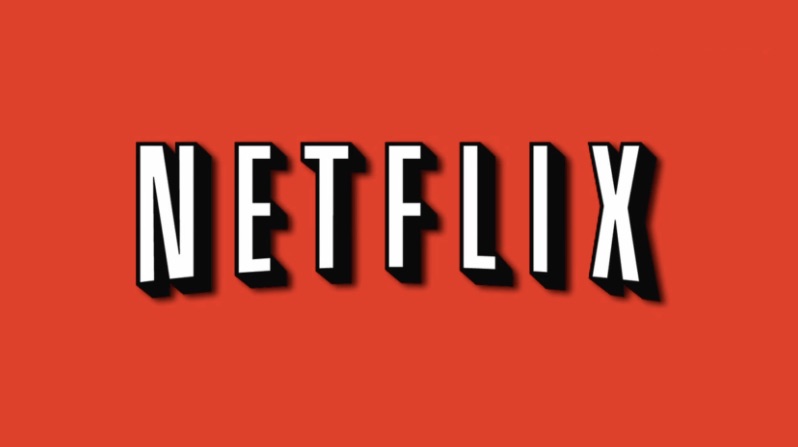Known less for its Emmy and more for how expensive it was, The Morning Show premiered on November 1, 2019 amidst a tepid welcome,
But The Morning Show’s season price tag of $150 million could easily be called cheap. With the arrival of Apple and Disney, the $25 million TV episode has made its debut.
Below, you can see the price for a TV show episode. At “just” $1.5 million, Downton Abbey is at the bottom of the list:
Where are we going? To how cost and coronavirus have affected peak TV.
Producing Pandemic TV Shows
Like peak oil, peak TV is the top of the supply curve. From there, it is all downhill.
Everyone thought that at 532, the number of new original series in 2019 would continue ascending. Netflix and other streamers’ appetites’ seemed bottomless. Peak TV was a distant number…
…and then it was not.
Now at 452 for 2020, the numbers have reversed. COVID-19 is one reason. Asked how much coronavirus protocols would add to an episode of Star Trek, its producer said, at the least, $300,000 to $500,000. (Comedies are closer to $150,000.) Multiply this gargantuan extra by a season and you get a gobsmacking total that has generated new incentives. And they all pull script numbers down from the peak.
The coronavirus extras list is long. It includes all of the PPE supplies, the daily precautionary procedures, and reconfiguring the standard sets. From updated HVAC systems to transparent shields, the new capital is considerable. TV executives estimate that testing alone will average $100,000 for each episode. Shifting from an average of six to a maximum of two, lower van occupancy means more vehicles that ferry the cast from place to place. As for the scripts, there will be no crowd scenes. less kissing, and fewer fights. Insurance for crew members who get sick, backups are ready. Combined, it all extends shooting time which becomes a new expense. For now they estimate paying actors for 10 days rather than eight.
Our Bottom Line: Competitive Market Structures
Like all other businesses, TV producers function in a competitive marketplace. The number of firms and their behavior reflect monopolistic competition as many somewhat smaller businesses (TV shows) try to distinguish themselves from the crowd with something unique (original scripts). Ranging from beauty salons to supermarkets, the firms in a monopolistically competitive market occupy our everyday lives.
A competitive market structure scale moves from perfectly competitive markets with lots of firms to monopolies with just one company:
Always keeping competition in mind, TV producers have become more careful because of COVID-19. From a flood of more than 500 new shows, we are moving toward a relative trickle. Some existing series like GLOW have not been renewed. Proposals that would have been okay are too chancy. But the producers do need new material. It just has to be more traditional, have fewer action scenes, and less sex.
My sources and more: TV production is the perfect example of the impact of COVID safety. Rolling Stone had the facts as did Quartz and WSJ. Then, for some background, do take a look at this Variety article from 2017 about peak TV.








